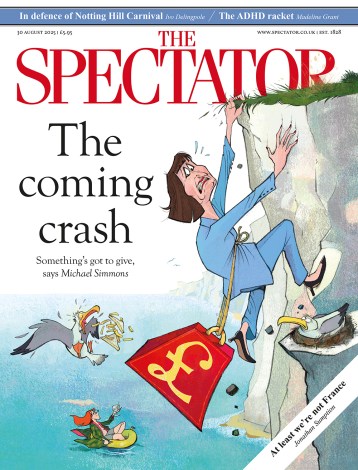Way Down in the Hole
The last ever episode of The Wire was (finally) broadcast in Britain last night. Not, to their shame, on the BBC or Channel 4 but on the obscure, little-watched (hell, little-known) FX channel. A quiet end then. Coincidentally, the end came as, for the fifth time, the clowns who divvy up the Emmys failed to recognise The Wire’s genius. In five years the show secured a paltry two nominations and didn’t win once.





